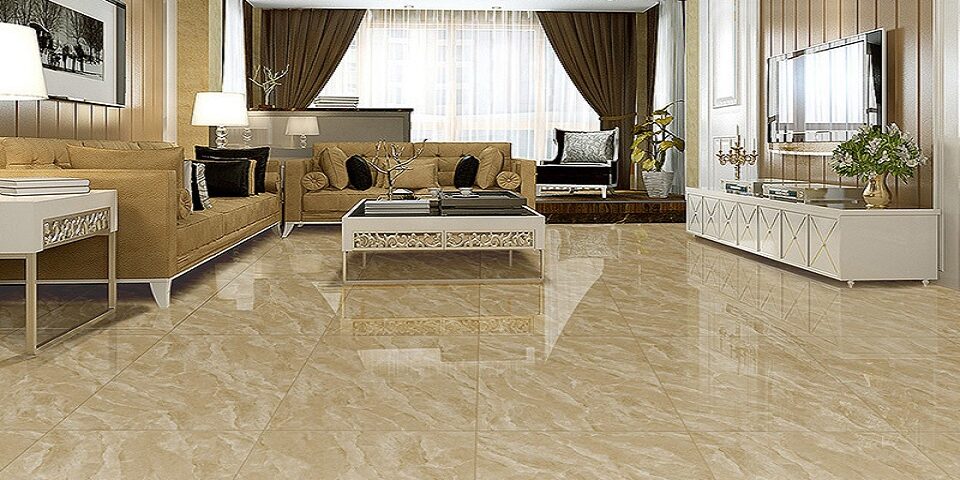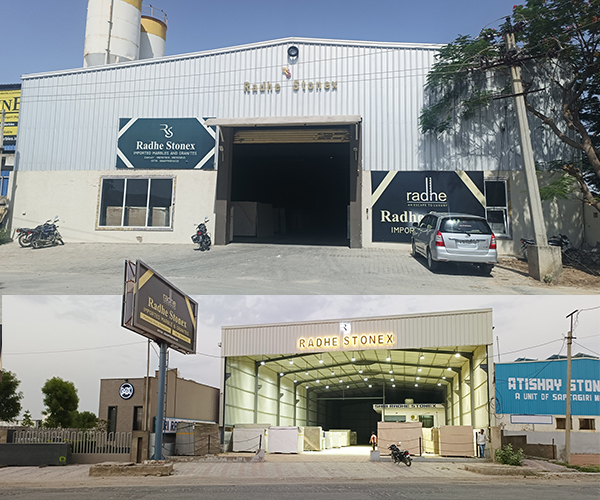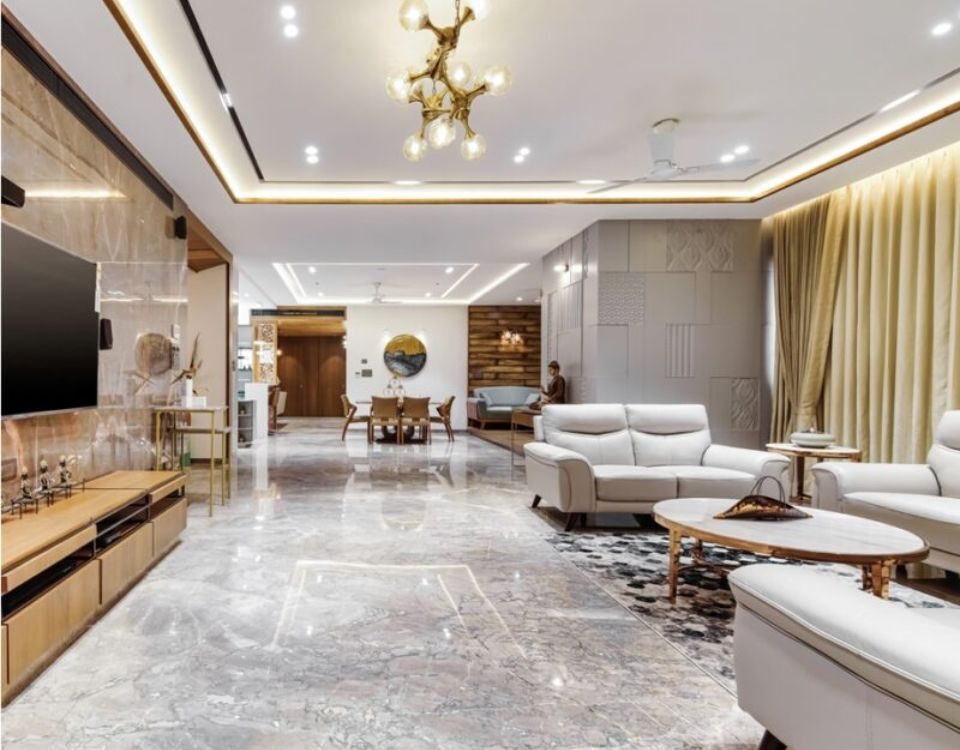- Have any questions?
- +91-9829058521
- +91-9829078191
- stonexradhe@gmail.com
- Catalogue
10 Factors That Influence Italian Beige Marble Prices

What are the Extraordinary characteristics of..
March 4, 2024
A Must-Visit Italian Marble Company in Kishangarh
March 18, 2024Introduction
Radhe Stonex is a leading name in the marble and granite industry, situated in Kishangarh, India. Established with a vision to provide high-quality marble products, Radhe Stonex has emerged as a trusted name in the realm of natural stone suppliers. With years of experience and expertise in the field, we have earned a good reputation for providing affordable Italian beige marble prices in India.
Factors
The price of Italian beige marble is influenced by various factors, each playing a crucial role in determining its value in the market. Understanding these aspects is vital for both consumers and sellers to make informed decisions:
Quality:
The quality of Italian beige marble, including factors like colour consistency, veining patterns, and absence of flaws, significantly impacts its price. Higher quality grades command premium prices due to their superior aesthetic appeal and durability, reflecting accurate craftsmanship and attention to detail.
Quarry Location:
Italian beige marble sourced from renowned regions such as Carrara or Calacatta commands higher prices due to its historical significance and superior quality. The geographical location of the quarry influences transportation costs, affecting the final price of the marble in the market.
Supply and Demand:
Fluctuations in supply and demand dynamics play a pivotal role in shaping Italian beige marble prices. Limited availability coupled with high demand can lead to price appreciation, while oversupply may result in price depreciation, reflecting market conditions and consumer preferences.
Processing Techniques:
The level of craftsmanship involved in processing Italian beige marble influences its price. Marble slabs that undergo careful cutting, polishing, and finishing command higher prices due to their enhanced aesthetic appeal and superior quality, reflecting the expertise of artisans and advanced technology.
Market Trends:
Changing design trends, economic conditions, and geopolitical events can cause price volatility in the Italian beige marble market. Consumer preferences for specific marble varieties, colours, and finishes influence demand, impacting prices accordingly and reflecting evolving market dynamics.
Transportation and Logistics:
The cost of transporting Italian beige marble from the quarry to the manufacturing facility and ultimately to the end-user contributes to its overall price. Factors such as distance, mode of transportation, and logistics infrastructure influence transportation costs, affecting the final price of the marble.
Environmental Regulations:
Compliance with strict environmental regulations imposed on marble mining and processing can affect production costs, thereby influencing Italian beige marble prices. Investments in eco-friendly practices and commitment to environmental standards may lead to higher production costs, which are reflected in the final price of the marble.
Currency Fluctuations:
Changes in exchange rates between currencies can impact the prices of Italian beige marble in international markets. Currency fluctuations affect the cost of importing and exporting marble, influencing pricing decisions by manufacturers and suppliers to maintain profitability amidst changing exchange rates.
Competition:
Competition among marble suppliers and manufacturers affects pricing strategies in the Italian beige marble market. Factors such as brand reputation, product differentiation, and marketing efforts influence market share and pricing decisions, driving competition and price dynamics within the industry.
Regulatory Factors:
Regulatory factors, including taxes, tariffs, and import/export regulations, can impact Italian beige marble prices. Government policies related to trade agreements, customs duties, and taxation influence the cost of importing and exporting marble, affecting prices in domestic and international markets accordingly.
In Conclusion
Radhe Stonex, the price of Italian beige marble is influenced by a combination of factors, including quality, quarry location, vein patterns, size and thickness, finishing, market demand, transportation and logistics, exchange rates, economic conditions, and government regulations. By understanding these factors, buyers can make informed decisions and ensure they are getting the best value for their investment in this beautiful natural stone.




